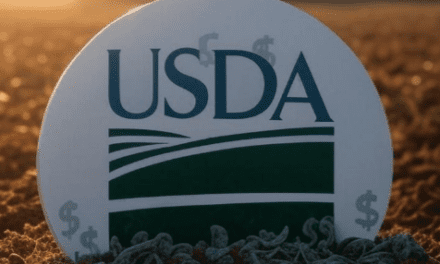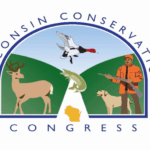Autumn in Wisconsin isn’t just a season; it’s a visual symphony where every tree plays its part in creating an unforgettable landscape. Come, see, and breathe in the magic of fall in the Badger State.
Here’s the latest from the good folks at Travel Wisconsin.
Autumn in Wisconsin: A Tapestry of Color
Maple
- Species: Sugar Maple, Red Maple, Silver Maple
- Color: Red, Orange, Yellow
- Details: Maples are often the stars of the show. Sugar Maples turn bright orange to red, while Red Maples can be even more intense, offering deep crimson hues. Silver Maples, common near water, display yellows that sometimes lean towards gold.
Oak
- Species: Red Oak, White Oak, Bur Oak
- Color: Red, Brown, Rusty Orange
- Details: Oaks provide a sturdy, dependable color show. Red Oaks turn a fiery red or rusty brown, complementing the vibrant autumn palette. White Oaks might offer more subdued bronzes and maroons.
- American Elm (Ulmus americana)
- Color: Typically turns yellow to golden brown in fall.
- Details: Known for its distinctive vase-like shape, this species was once a prominent feature in many urban and rural landscapes across Wisconsin. Despite the impact of Dutch Elm Disease, which has significantly reduced their numbers, surviving American Elms still contribute to the autumnal spectrum.
- Slippery Elm (Ulmus rubra)
- Color: Leaves often turn a dull yellow to brown.
- Details: Less common than the American Elm but still present in some areas, Slippery Elm provides a more subdued fall color, blending into the background with its changing leaves.
- Rock Elm (Ulmus thomasii)
- Color: Similar to other elms, transitioning from yellow to brown.
- Details: This elm species, known for its rock-hard wood, is less widespread but contributes to the fall scenery in specific locales, often found in more rugged terrain.
Aspen and Poplar
- Species: Quaking Aspen, Bigtooth Aspen, Cottonwood
- Color: Gold, Yellow
- Details: These trees are the golden threads in Wisconsin’s fall tapestry. Quaking Aspens are particularly famous for their shimmering yellow leaves, adding lightness to the landscape.
Birch
- Species: Paper Birch, Yellow Birch, River Birch
- Color: Yellow, Gold
- Details: Birches, with their distinctive bark, turn a bright yellow or gold, contributing to the lighter spectrum of fall colors. Their presence is especially noticeable in northern forests.
Beech
- Color: Yellow, Bronze
- Details: Beech trees often retain their leaves into winter, turning them a soft yellow or bronze, adding a unique texture to the forest floor during late fall.
Hickory
- Species: Shagbark Hickory, Bitternut Hickory
- Color: Golden Yellow, Brown
- Details: Hickories add depth with their golden yellows transitioning to brown, providing a backdrop that highlights the brighter colors around them.
Tamarack
- Color: Yellow
- Details: One of the few deciduous conifers, Tamaracks turn a brilliant yellow before shedding their needles, creating a stunning contrast in wetlands and bogs.
















